Thaddeus Wolfe
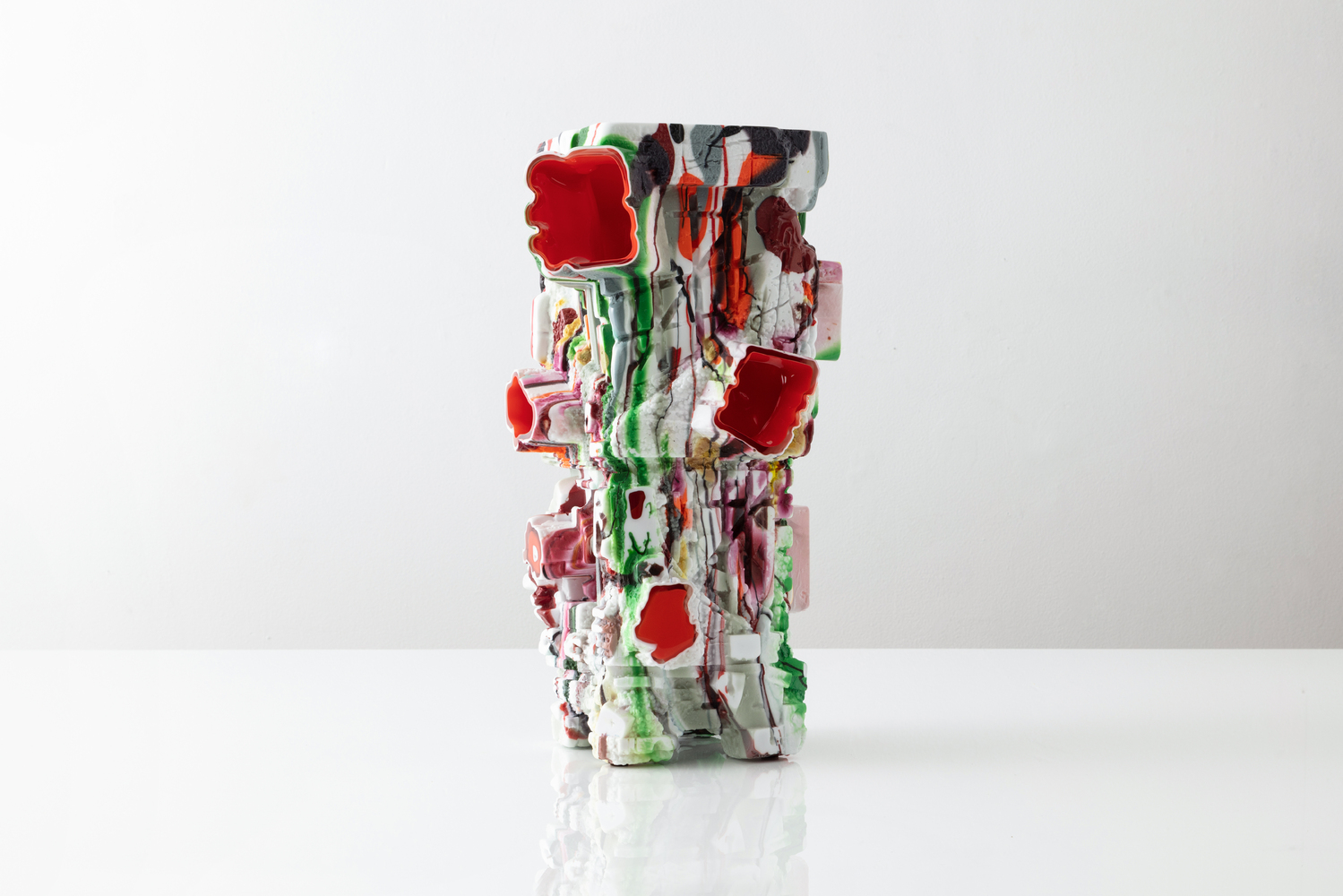
Glass
48.26 x 24.13 x 22.86 cm
19 x 9.5 x 9 in
Enquiries about work INV Nbr. 7535
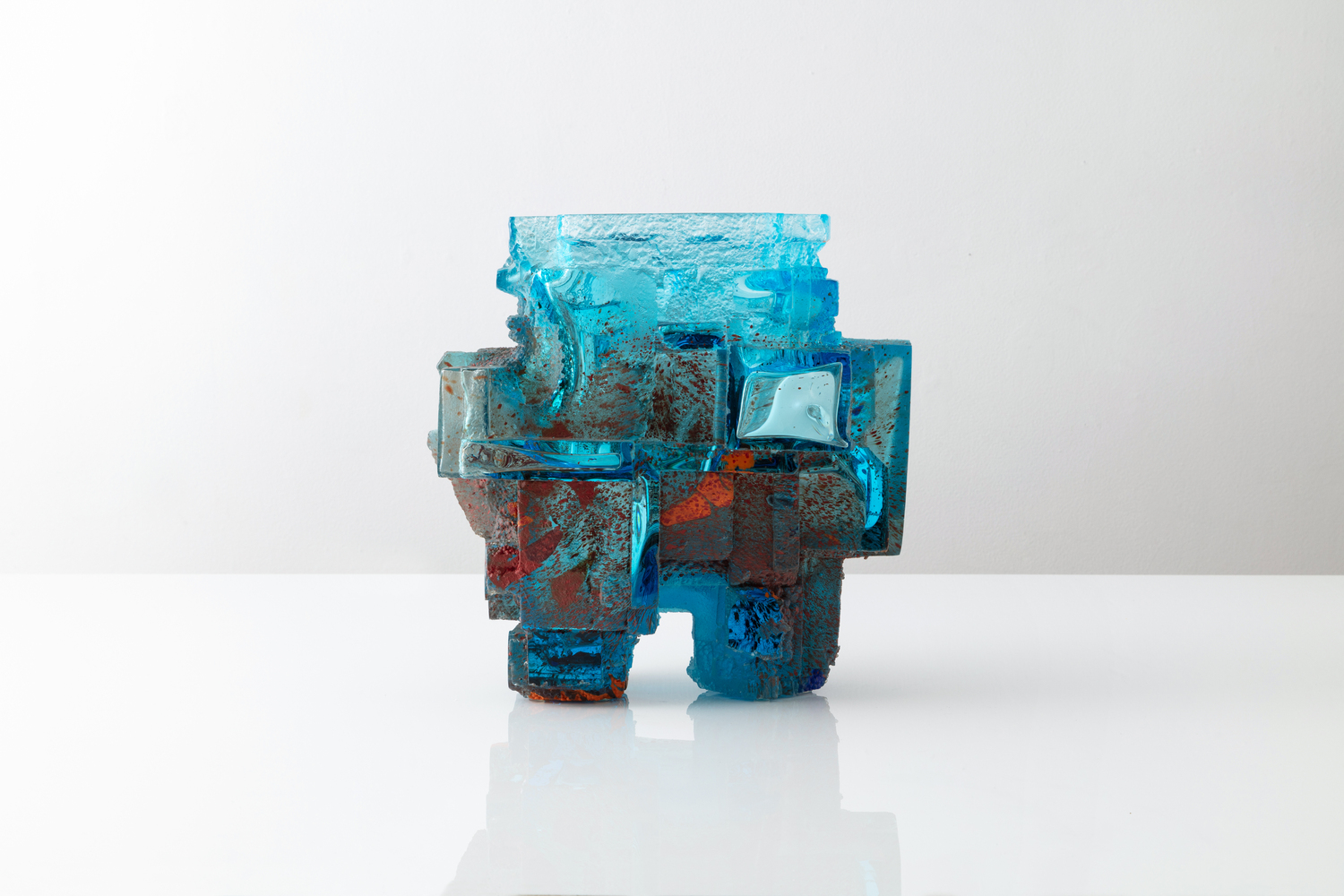
Glass
35.56 x 36.83 x 25.4 cm
14 x 14.5 x 10 in
Enquiries about work INV Nbr. 7539
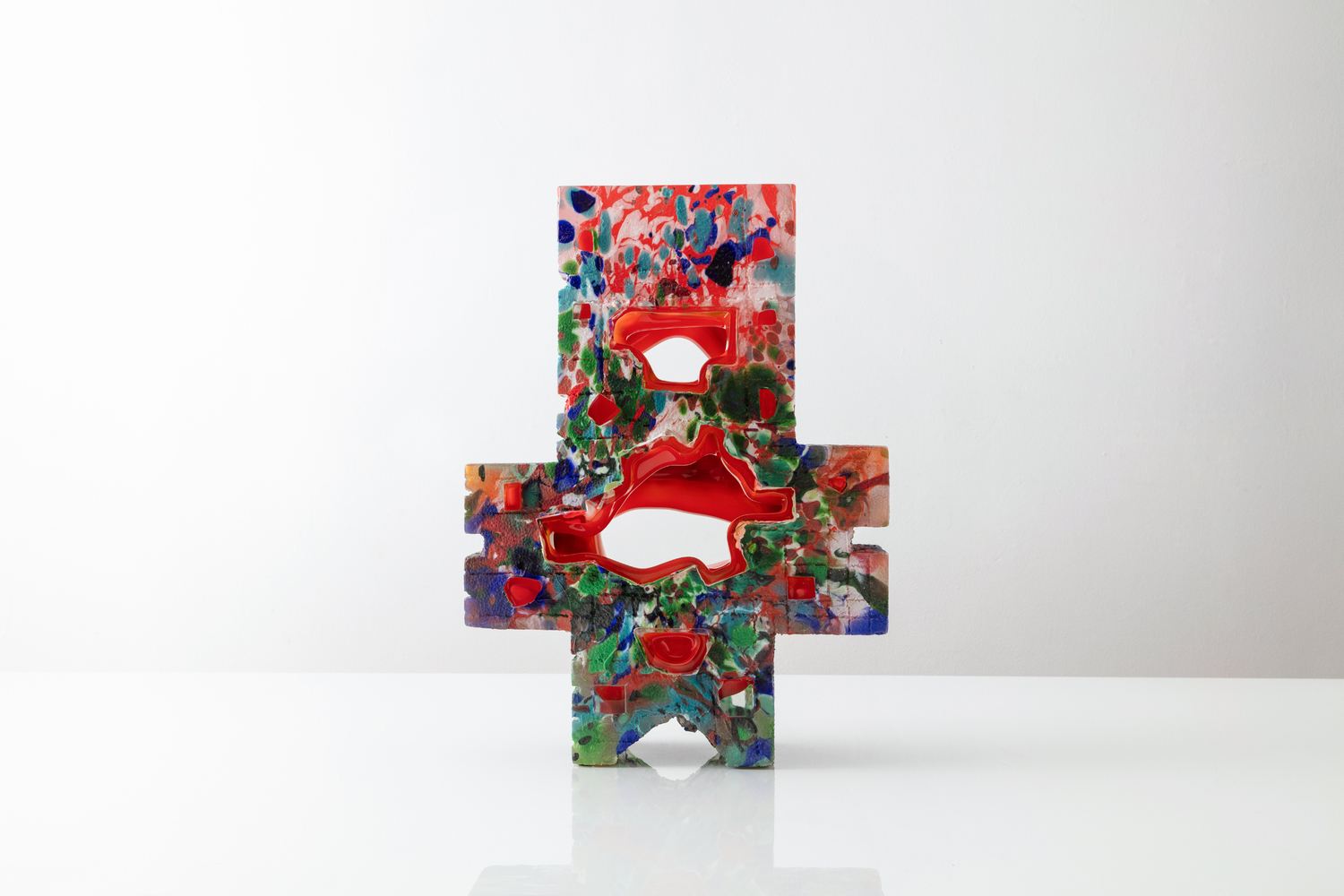
54.61 x 39.37 x 24.13 cm
21.5 x 15.5 x 9.5 in
Enquiries about work INV Nbr. 7538
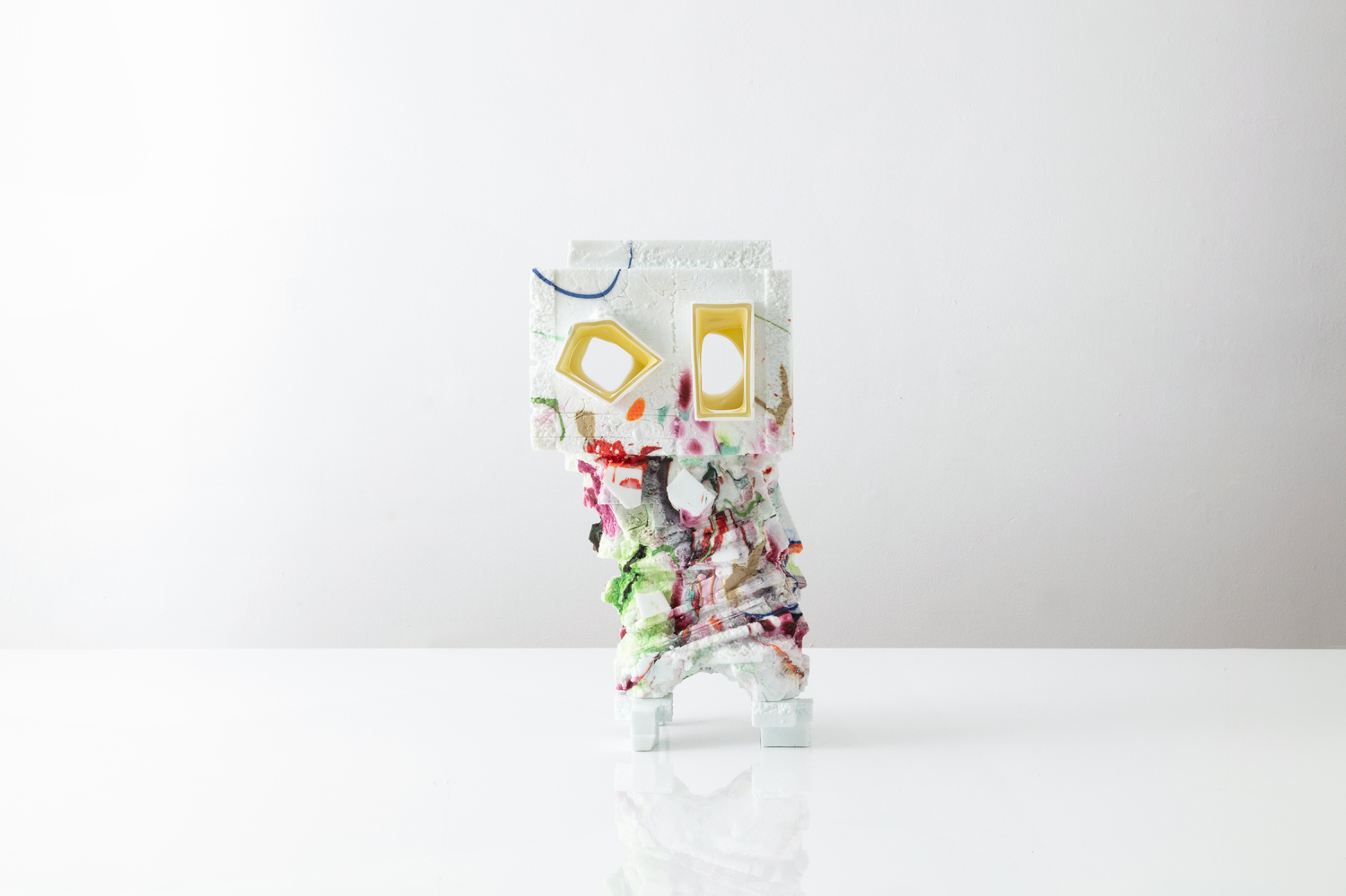
Glass
50.8 x 25.4 x 22.86 cm
20 x 10 x 9 in
Enquiries about work INV Nbr. 7534
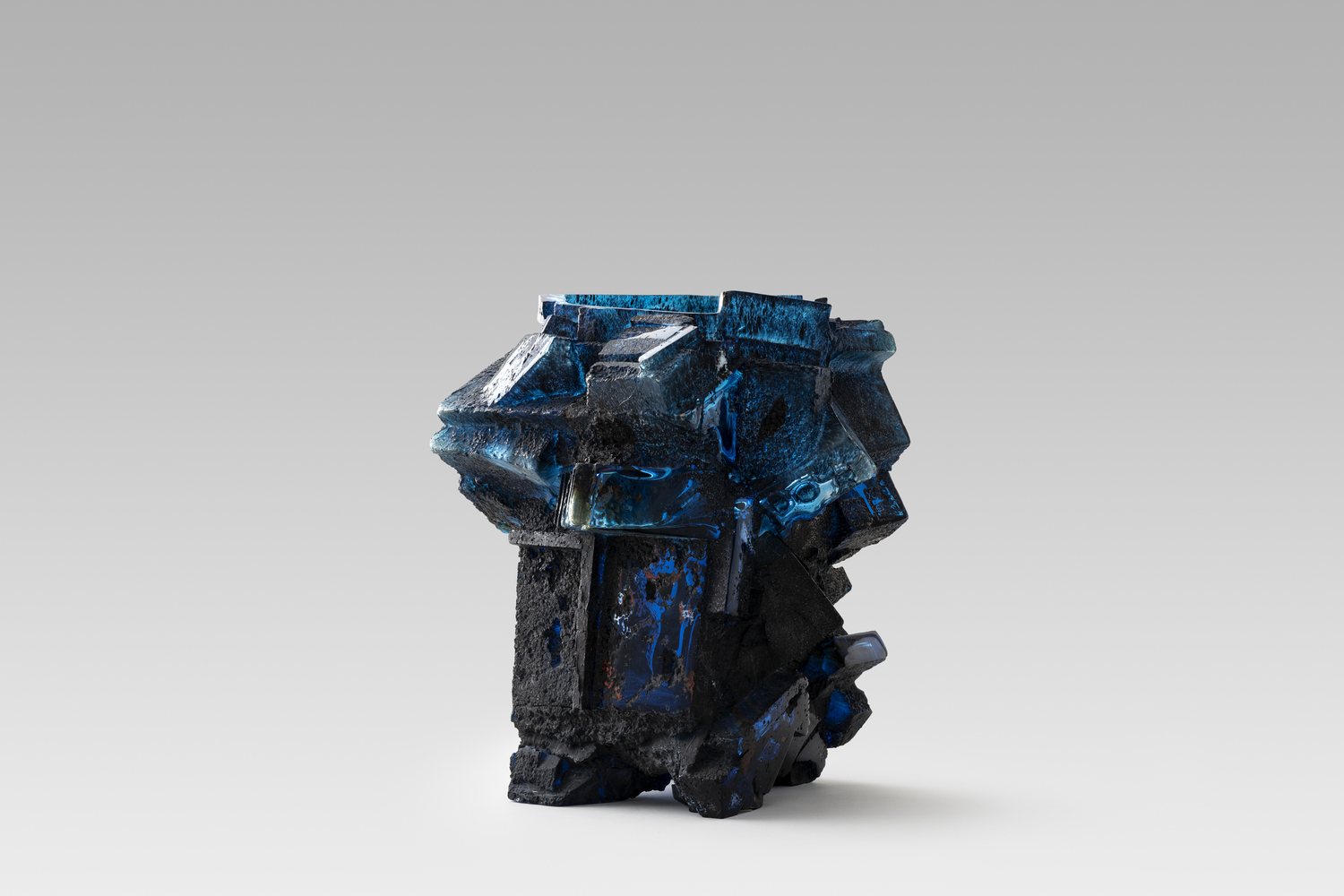
Blown glass
33.02 x 30.48 x 39.37 cm
13 x 12 x 15.5 in
Enquiries about work INV Nbr. 6894
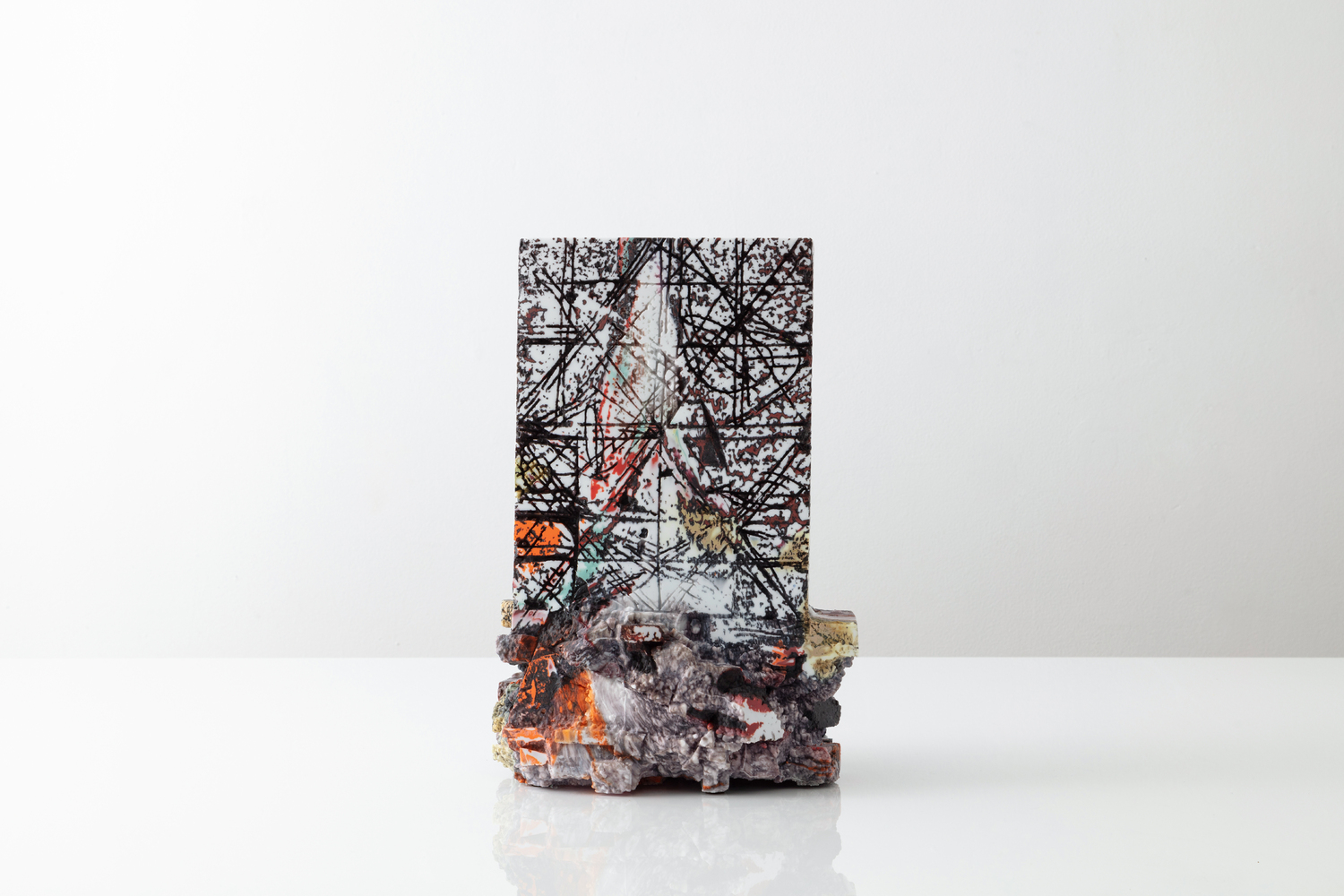
Glass
40.64 x 22.86 x 20.32 cm
16 x 9 x 8 in
Enquiries about work INV Nbr. 7537
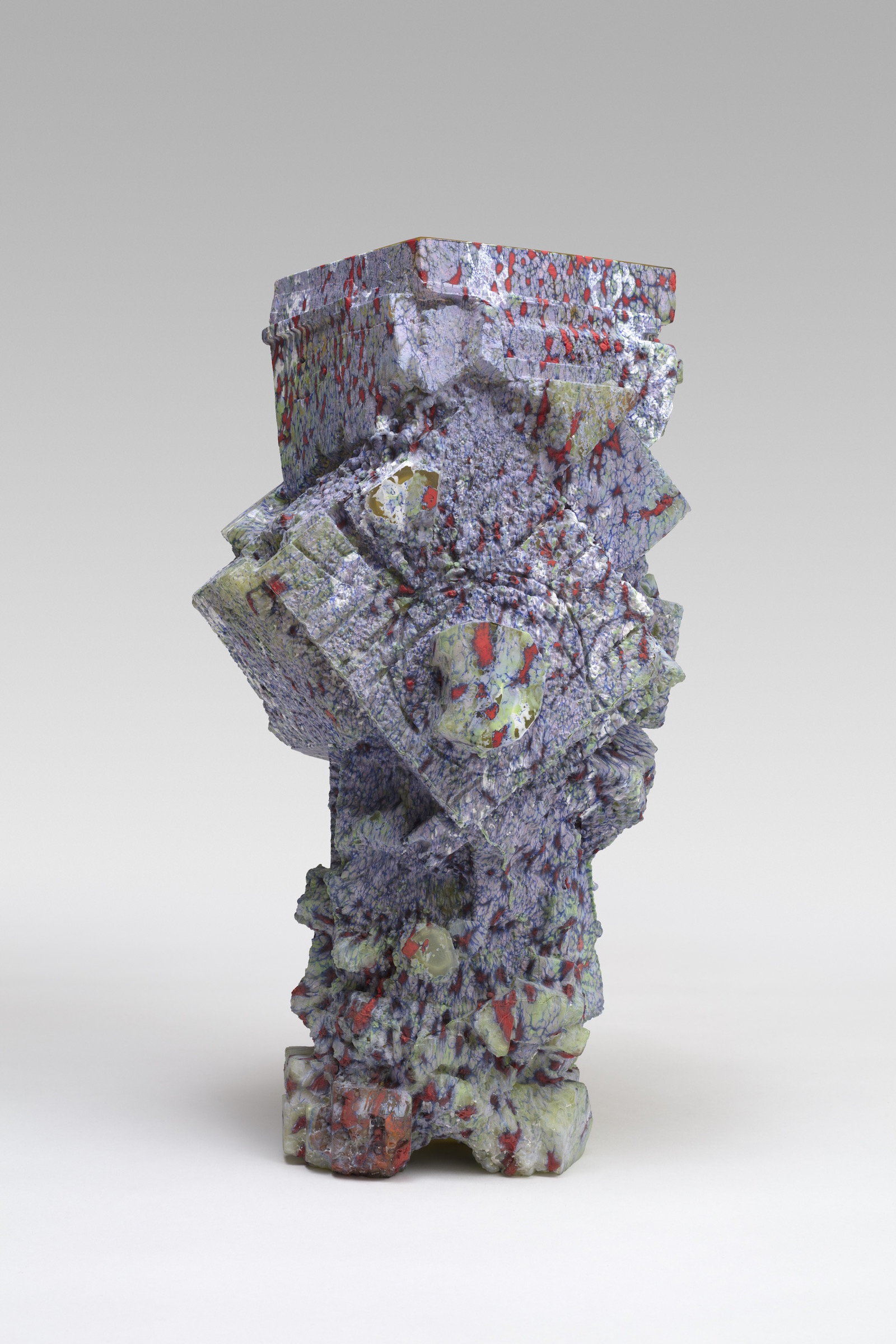
Hand-blown glass, cast and carved
50 x 26 x 26 cm
19.69 x 10.24 x 10.24 in
Enquiries about work INV Nbr. 5618
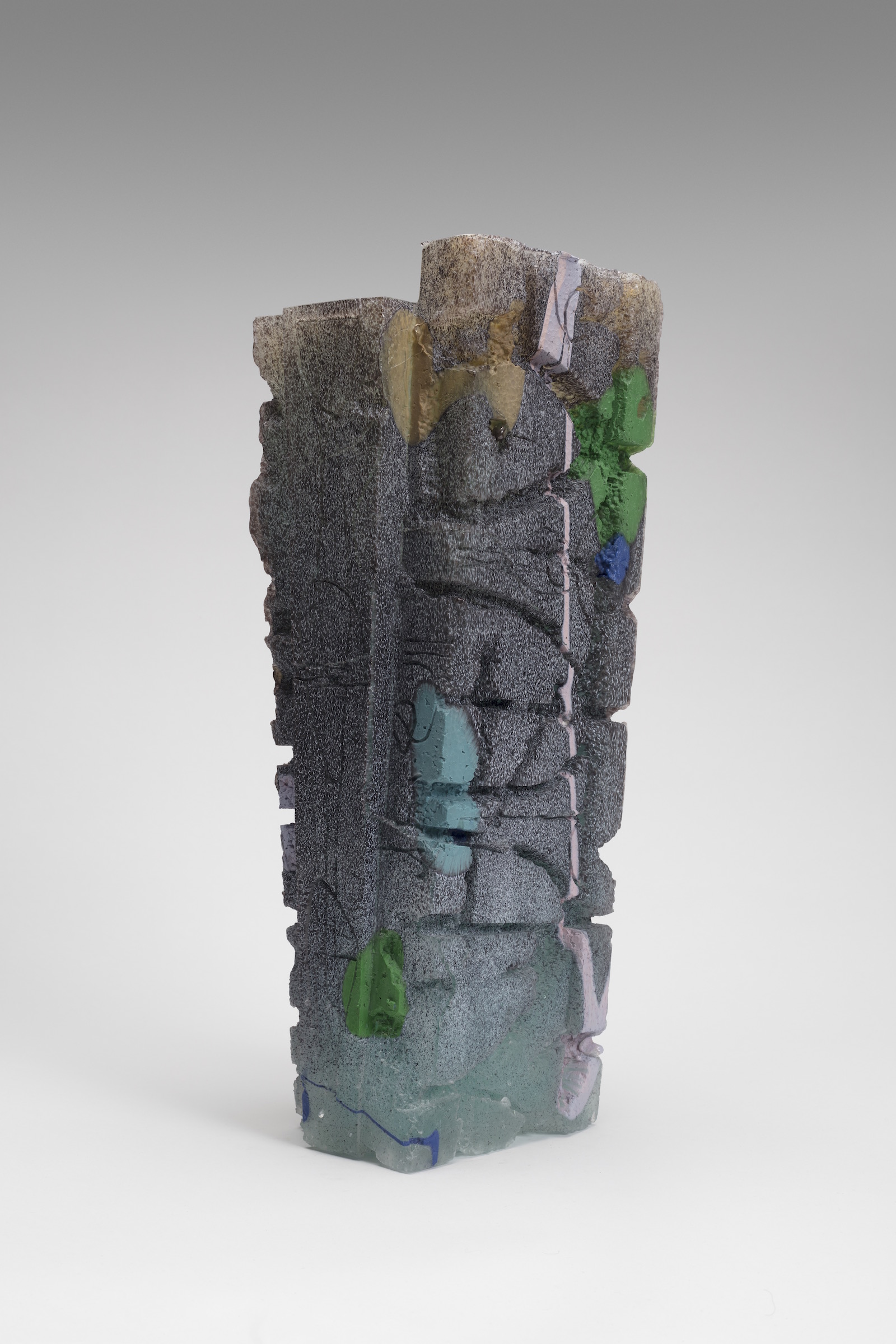
Hand-blown glass, cast and carved
56 x 23 x 19 cm
22.05 x 9.06 x 7.48 in
Enquiries about work INV Nbr. 5622
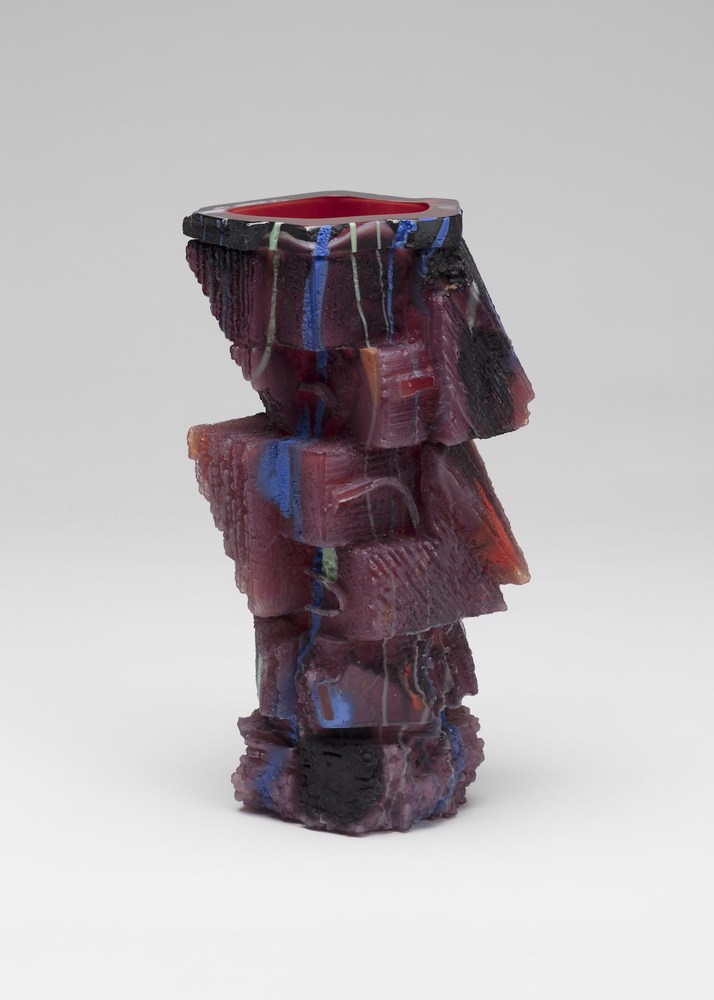
glass
33.02 x 15.24 x 15.24 cm
13 x 6 x 6 in
Enquiries about work INV Nbr. 6587
American, born in 1979
Lives and works in Brooklyn, New York, United States
Thaddeus Wolfe, a Brooklyn-based artist, has developed a distinct and innovative method for sculpting glass. By blending glassblowing and casting techniques, Wolfe creates complex, angular, and highly textured forms that would be difficult to achieve through traditional methods.
Born in Toledo in 1979, Wolfe earned his Bachelor of Fine Arts from the Cleveland Institute of Art in 2002. Initially focused on painting, he shifted to glassmaking after taking an elective class during his second year. After graduating, Wolfe moved to New York, where he worked with notable artists Jeff Zimmerman and Josiah McElheny before launching his own studio in 2009.
Wolfe draws inspiration from a variety of sources, including the intricate patterns found in natural structures like minerals and plants, as well as early 20th-century art and architecture movements.
His creative process begins with sculpting a form from carved and broken pieces of styrofoam using a careful yet spontaneous approach. From this model, Wolfe creates a one-time-use plaster mold for casting glass. He achieves color and texture by layering different glass tints over a glass bubble, which is then inflated into the mold. After removing the piece from the mold, Wolfe carves and polishes parts of the surface to expose the inner layers of glass. The resulting works, often referred to as Assemblages, blend painterly qualities with a geological essence.